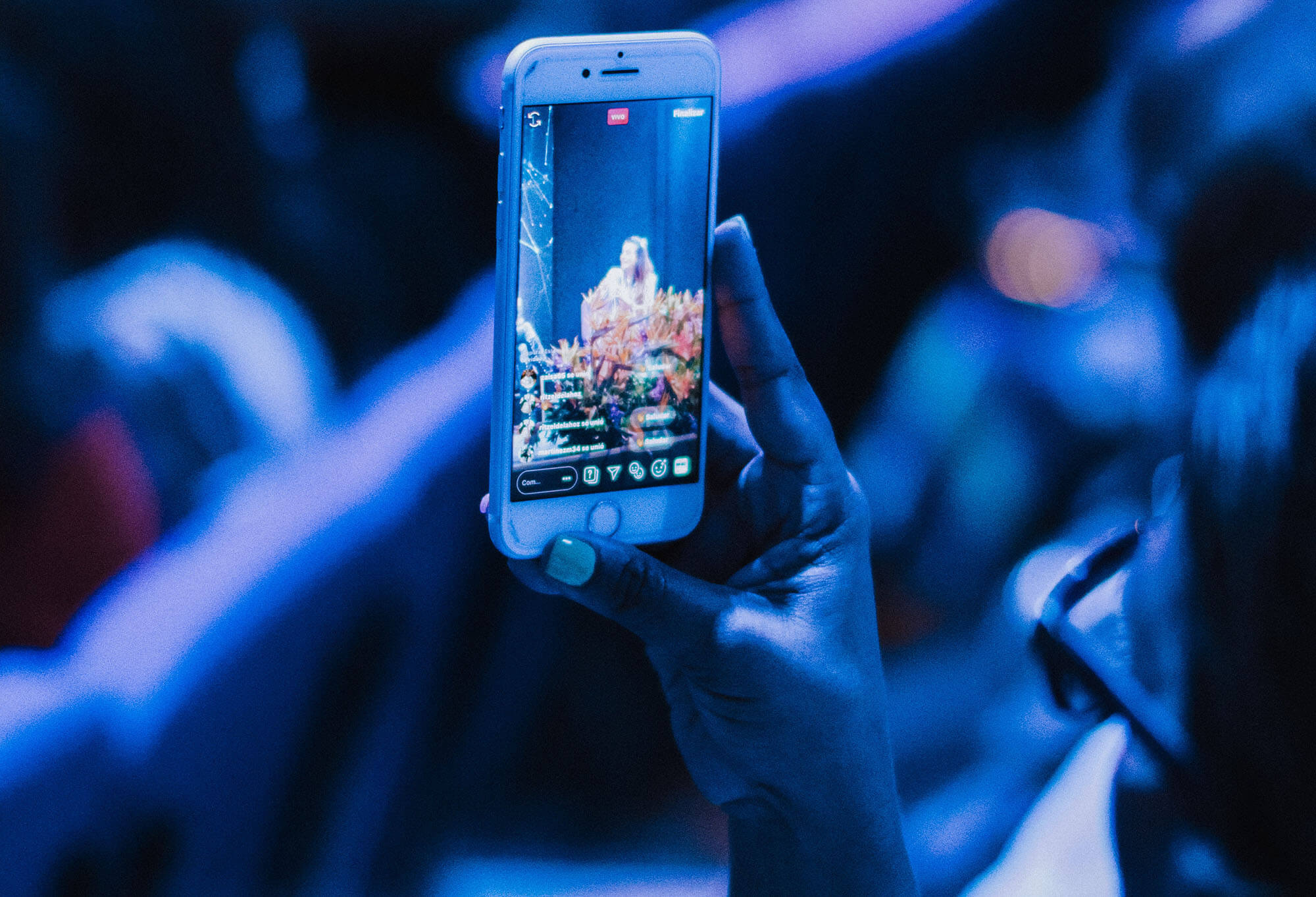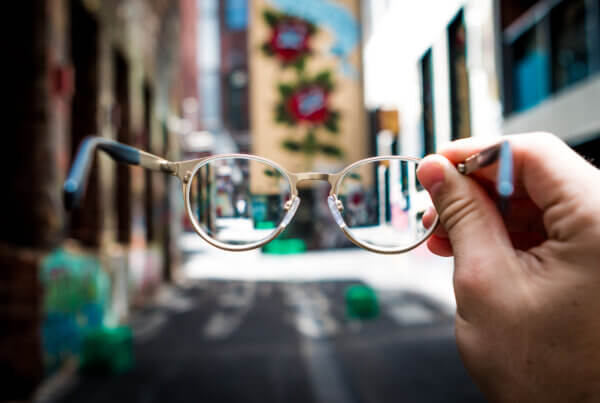A recent report from The Vision Council suggested that most Americans spend at least five hours a day looking at screens: phones, computers, and tablets. It makes sense that we spend so much time online, especially since these devices are used for both work and leisure.
When you are staring at a computer screen or smartphone, your eyes are exposed to a different type of light than what you experience in the environment around you. These devices have “blue light,” which uses light wavelengths that can contribute to digital eye strain.
How Blue Light Affects Your Eyes
Why is blue light a problem for your eyes? A little bit of exposure here and there won’t likely have an immediate impact on your vision. But the cumulative results from hours of screen time each day can add up to a variety of symptoms related to computer vision syndrome.
Blue light is reflected from the screens you are looking at throughout the day. When this light enters your eyes, it scatters. The eyes must work harder to maintain focus in the presence of blue light, which can strain the eyes and lead to a variety of complications. This repetitive eye strain often results in headaches, dry eyes, blurred vision, and more.
Reducing the Effects of Blue Light Exposure
Even if you aren’t noticing the immediate impact of blue light, it’s important that you are proactive about minimizing these effects. Whether you work at a computer all day, or you like to use your leisure time at the computer, the effects of the screen can take a toll on your vision. Follow these tips to reduce the way blue light is impacting your eyes:
- Screen Settings: Some laptop and smartphone screens offer settings to reduce blue light. Check the settings on your device, or search online if you need help finding the right settings. Changing the blue light of the screen makes the display look a little more yellow. But don’t worry about the aesthetics – reducing blue light exposure is an important step to protect your eyes.
- Ambient Lighting: Setting up the right lighting in the room can play a role in how your eyes are affected by the screen. Make sure that the ambient lighting is brighter than the monitor. When the room lights are brighter than the screen, it helps to reduce the glare on your eyes.
- Take a Break: It’s essential that you give your eyes regular breaks throughout the day. Don’t look at a screen for longer than 20 minutes before taking a short break.
- Blink Often: Looking at a screen often causes blinking frequency to reduce. As a result, the eyes don’t spread tears as effectively, which can lead to dry eyes. Be proactive about blinking more frequently when sitting at the computer.
- Computer Glasses: You can get computer glasses from your optometrist to reduce eye strain. These lenses can be designed to filter blue light, allowing you to sit at the computer and protect your eyes at the same time.
Is it Time for an Eye Exam?
Regular eye exams are the foundation for maintaining healthy vision. If it’s time for a checkup, then our team is here to help. Scheduling regular eye exams and talk to an optometrist about the digital eye strain you are experiencing.






